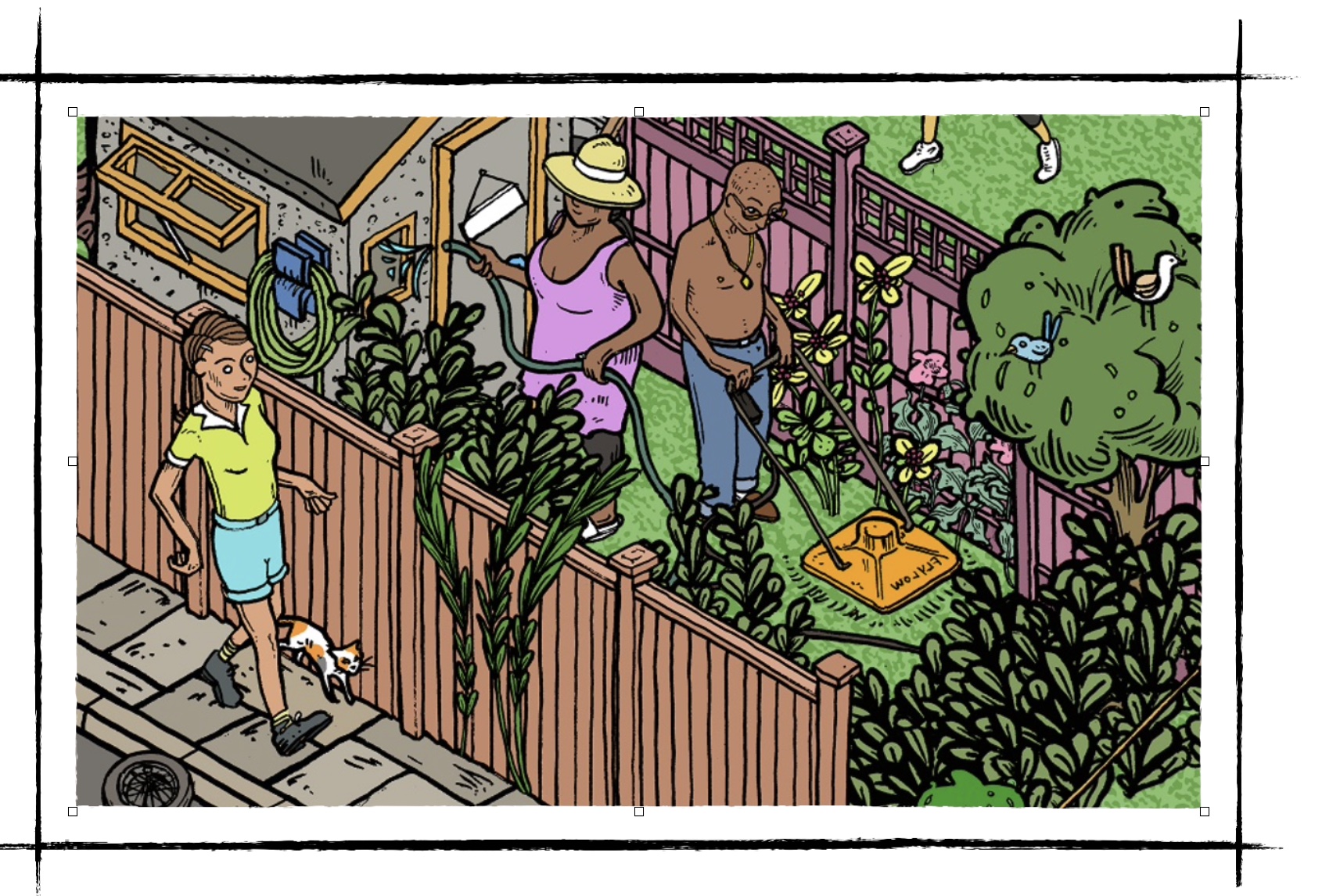Left right, left right – I am on a long walk. 600km so far across the north of Spain, destination Santiago de Compostela. I listen to my legs hitting the ground. I think of my German grandfather left-righting his way across 1941 Russia, destination Moscow.
Vast distance. Endless progression. I pass walking-wounded, bandaged and limping, and buckling under heavy packs. It’s the closest I have come to travelling a mile in his soldier boots; to understanding.
He was met with the raging roar of tanks, gunfire and death. I am greeted with smiles and cheerful ‘Buen Caminos’ that resound in the hot air, snapping me into the present like fingers. They disguise the sighs of gritty determination to push through pain, emptiness, a longing for love.
Left right, left right – the action becomes mechanical, rhythmical, beautiful even. Solid earth below, infinite sky above. We walk between, tiny but upright connectors; our two-legged movement just one of several that make us uniquely human.
My grandfather’s goal was to conquer terrain, annihilating all that was in the way. Mine is to learn the yearnings of spirit; to hear in each step the whispers of ancient wisdom that guide us to live more gently with the earth. He marched through snow and mud. I walk through sunlight and space. He had to kill and win. I need only to surrender.
Left right, left right – we all do it. All the time. But do we know where we are going?


